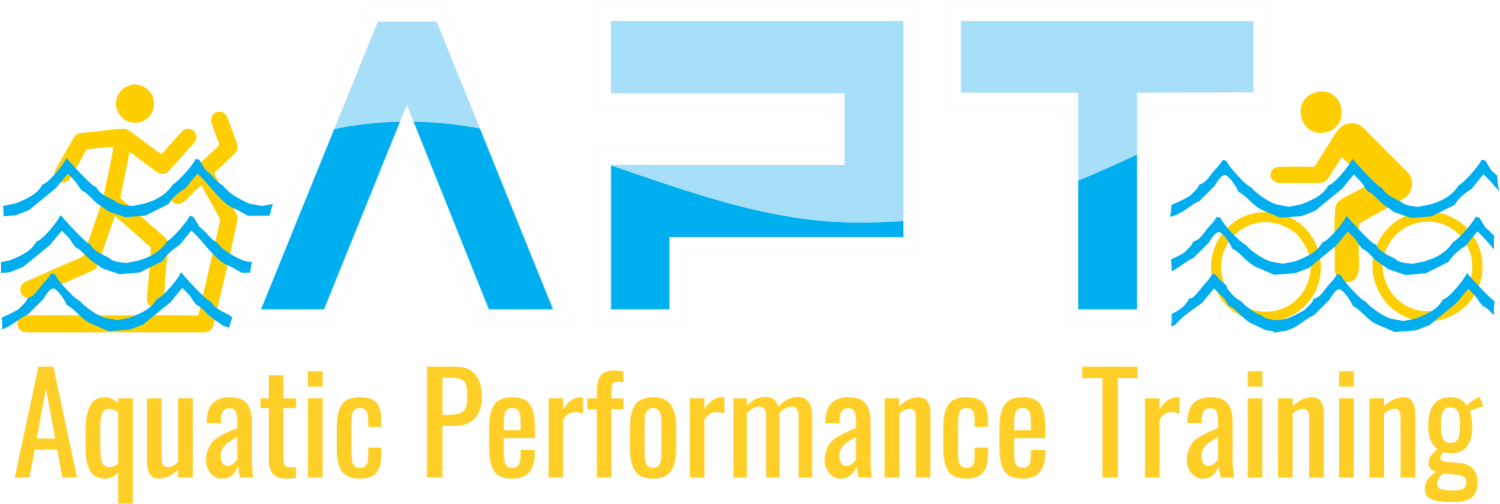How Aquatic Training Enhances Muscle Strength Without Strain
Aquatic training is a powerful way to build muscle strength without placing unnecessary strain on your body. Let’s break down the science behind it.
The Role of Water Resistance in Muscle Building
Water naturally creates resistance during movement, which is key to strengthening muscles. Here’s why:
Water is made up of densely packed particles.
As you move through it, these particles collide with your body and create friction.
This resistance requires more effort than moving through air—just walking in water engages your muscles more.
Even the way you move matters. Streamlined shapes encounter less resistance, which is why professional swimmers use specific strokes to glide faster through water.
Building Strength with Less Impact
Now, let’s talk about the “without strain” part of aquatic fitness. This is where buoyancy comes in.
Buoyancy is the upward force that water exerts on objects.
It counters gravity and can support up to 90% of your body weight.
This means your joints and muscles are under far less stress during movement.
The Ideal Balance: Resistance + Support
Thanks to this unique balance of resistance and buoyancy, water creates a safe yet challenging environment for strength training:
Resistance builds muscle and burns calories.
Buoyancy reduces impact and supports your body.
There’s minimal shock on joints, unlike running or high-impact cardio.
Many people also notice improved flexibility. In water, you can move more freely and safely, which helps extend your range of motion without overloading muscles or risking injury.
Comparing Aquatic & Land-Based Strength Training
If your goal is to become a large, sculpted bodybuilder, land-based strength training will likely be essential. That’s because it allows for progressive overload—adding more weight over time to build size and strength quickly.
However, aquatic fitness still has scalable potential. You can:
Change up your exercises
Increase the number of sets and reps
Add water-specific weights or resistance tools
This helps avoid hitting a plateau in either form of training.
Why Aquatic Training Is Ideal for Beginners or Joint Pain
Land-based strength workouts often involve squats and weighted movements that put significant stress on the joints, especially the knees. For people:
New to exercise
Recovering from injury
Or living with joint pain
These workouts can be tough.
In contrast, water supports most of your body weight, greatly reducing joint strain. The same exercises you do on land become more manageable in the pool, making strength training more accessible and pain-free.
The Added Benefit of Warm Water
Many people find that warm water helps relieve joint and muscle pain, enhancing comfort during workouts. This makes aquatic fitness a top choice for rehabilitation. If you’ve been sidelined by injury, pool workouts offer a gentle, supportive way to:
Regain movement
Strengthen muscles safely
Avoid further damage
Working with a personal trainer in the water can help structure your recovery, and many find they continue with pool workouts even after healing, because they enjoy them and see real results.
Whole-Body Engagement vs Isolated Movements
Land-based exercises often target specific muscles. For example:
Bicep curls isolate the biceps and chest
But in the water, resistance comes from all directions. This means:
More muscle groups are activated at once
Even basic movements like walking or balancing in the pool engage your core and stabilisers
This makes aquatic strength training a powerful option for full-body toning, especially for those who struggle with conventional gym routines.
Taking Aquatic Fitness to the Next Level
Modern aquatic training goes well beyond aquarobics. You can now find:
Rust-proof dumbbells and resistance paddles
Underwater treadmills and spin bikes
Yes, spin classes in the pool exist! These sessions combine natural water resistance with cardio, offering a fun and effective way to build muscle and improve endurance. Plus, the atmosphere in group classes can be incredibly energising.
How to Design a Balanced Aquatic Training Program
If this has sparked your curiosity, whether you’re looking to rehab in the pool or add to a land-based strength routine, you’re probably now thinking “where do I start?”. We’d always recommend getting a personal trainer to get the most out of the water. They can assess your starting point, advise on the best equipment and exercises, and make sure you’re not overdoing it. When you get in water with your weight supported and realize you have a wider range of movement, it’s easy to go full-on and pay for it later. Especially if you’re recovering from an injury or have health issues, you should always build up any new exercise gradually.
A good general tip on building a balanced water routine is to vary the exercises so you’re working the whole body. For example, you could use water dumbbells to add resistance and work your arms for a few sets and then follow it up with jogging or jumping in the water to help strengthen your leg muscles. Just as proper form is important on land; you should ensure you’re engaging your core in the water. This will help keep you balanced and allow you to focus on the exercises themselves. You should warm up and cool down as you do with other forms of exercise, and commit to regular sessions rather than expect an instant result.
At Aquatic Performance Training, water-based fitness and rehabilitation is our passion. Find out more about our water personal training options here.

